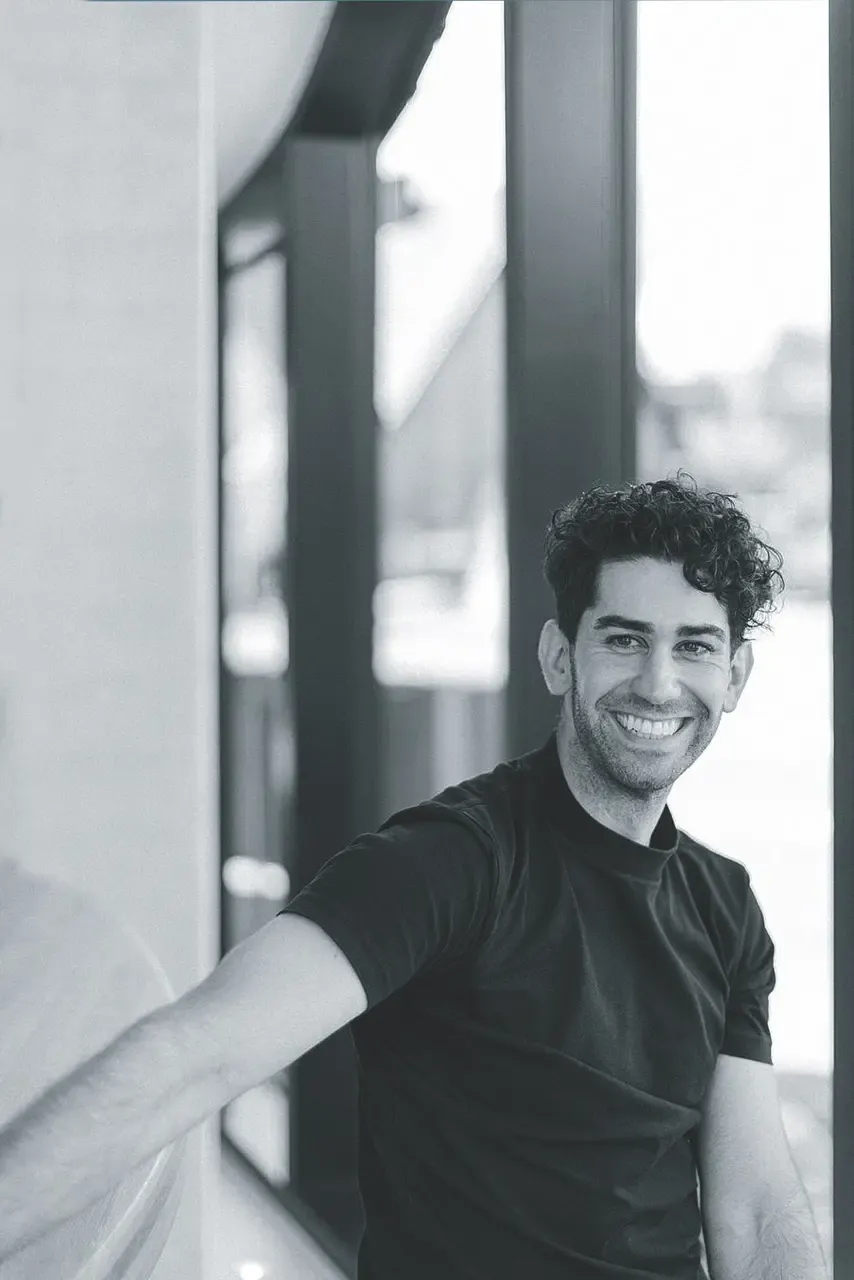Everyone who has had to go to the office or do a school internship at a post office knows this: funny employee sayings. 'In my next life, I'll be paperwork; it just sits there,' is always written on an office wall somewhere, and on a coffee mug: 'I don't care, I'll just leave it like that now.'
You can, of course, pity people who give up before they've even started. Or envy them. Because they've already accepted what comes out of their work. Mediocre below average? The main thing is that it's done. This deeply relaxed office specialist is speechlessly opposed by the diligent worker bee. Whether she's an artist, a writer, a statistician, or a cleaner, she always thinks there's more to be done.
The tile joints could use another round of toothbrush scrubbing, the portrait a bluer background - or a new face altogether, and a text is never finished anyway. The worst members of the 'I'll just go over it quickly one more time' faction, by the way, are fashion designers.
At the start of a Marc Jacobs show in New York, the audience once had to wait two and a half hours as if ordered and not picked up. The maestro wasn't finished yet and quickly took apart a few looks to reassemble them. The audience thanked him with outrage, after which every Marc Jacobs show started promptly at 6 p.m. from that evening on, and those who weren't there didn't get in anymore.
Important for health: Let go at the right moment
But Marc Jacobs is a big deal. We mini-Marcs often don't have a huge audience eagerly awaiting the outcome of our work. So it's all the more important for our own health to let go at the right moment. Psychology professor Carsten Wrosch, who made quitting a topic at Concordia University in Canada as an alternative strategy, calls the jump 'adaptive goal distancing.'
Means: The moment we realize we're not getting anywhere - especially with identity-forming goals - letting go is the smarter strategy. Because staying in place is the greatest stress, it saves us from all kinds of unpleasant things like hormonal imbalance, increased cortisol – and inflammation values and yes, in the worst case before depression. .
Perfectionism: How to distance yourself from your goal?
But how do you do that, distance yourself from the goal, namely the perfect result? Artists are regularly asked about this topic. Gerhard Richter responded in an interview with Swiss television like this: "When I can't do anything more to it. When there's no stupid spot left in the picture. Then I can't do anything more, then it's finished. It can happen very suddenly."
However, not everyone is so confident with this gut feeling. The curator Hans Ulrich Obrist even reported in an interview about an artist who demanded back a painting that had already been sold in order to work on it again. And the great Leonardo da Vinci noted many centuries ago with a slight resignation: "Art is never finished, it is only abandoned."



















